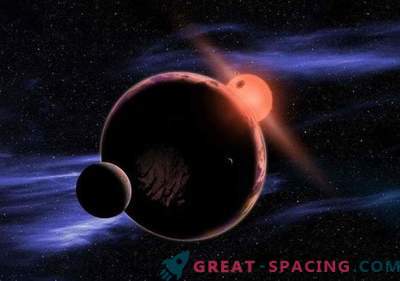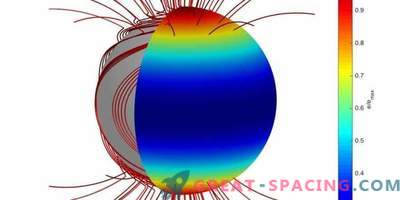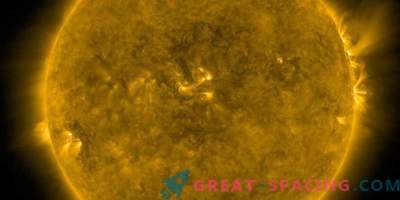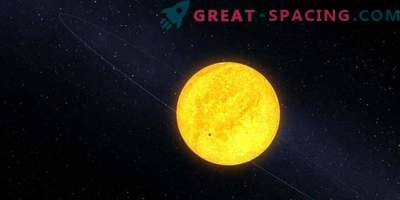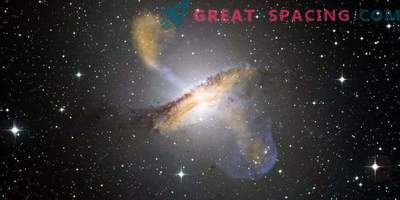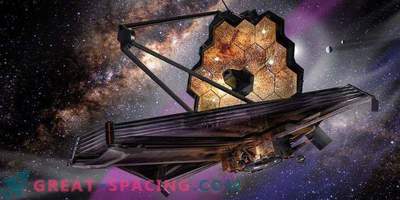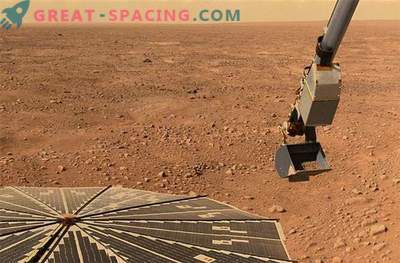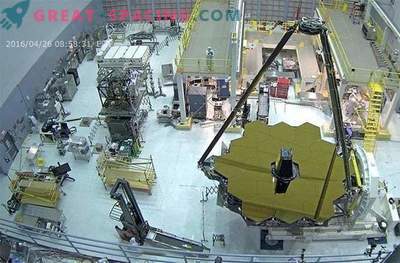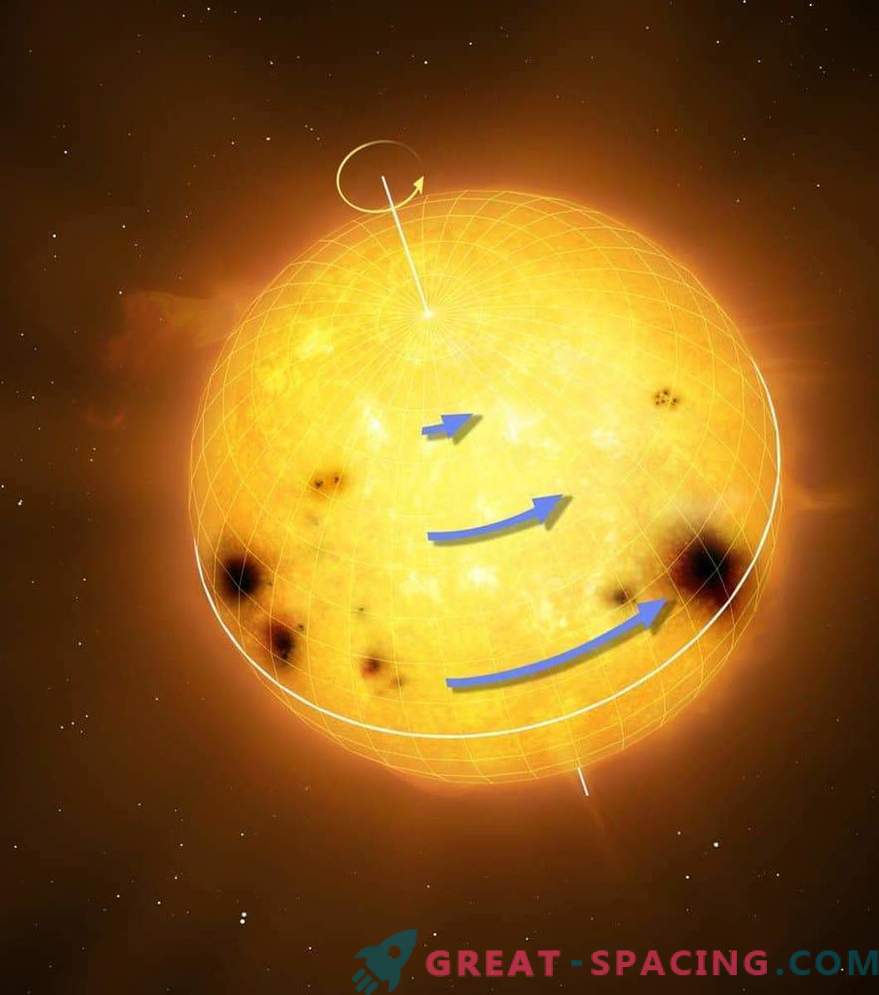
Solar-type stars rotate differently, with the equator moving faster than higher latitudes. Blue arrows indicate the rotational speed. It is assumed that differential rotation is an important component for the formation of magnetic activity and star spots.
Solar-type stars rotate at the equator 2.5 times faster than at higher latitudes. New research challenges modern science about how the process of stellar rotation. Until now, researchers have scant information about the exact models of rotation of solar stars. They only knew that the equator was ahead of other latitudes.
Scientists used Kepler's observations and the study of sound waves inside stars to accurately determine how objects of the solar type rotate. This is an important point, because previously this was not possible for any scientific method. The analysis showed that such objects repeat the principle of solar rotation, where the equatorial region moves faster than middle and high latitudes. However, there is a key difference. The fact is that the equator of the Sun rotates 10% faster than mid-latitudes, and for stars of the solar type this figure reaches 2.5 times faster. This is really strange, because models have shown that stars should not withstand a differential rotation of a similar magnitude. Awareness of the differential rotation is not only important for understanding the principle of the star, but also helps to understand its magnetic fields. It is known that in the Sun they provoke large solar storms that disrupt the work of space satellites and knock out the earth's electrical networks. Scientists agree that solar rotation plays a crucial role in generating a magnetic field, but the exact details remain a mystery.
